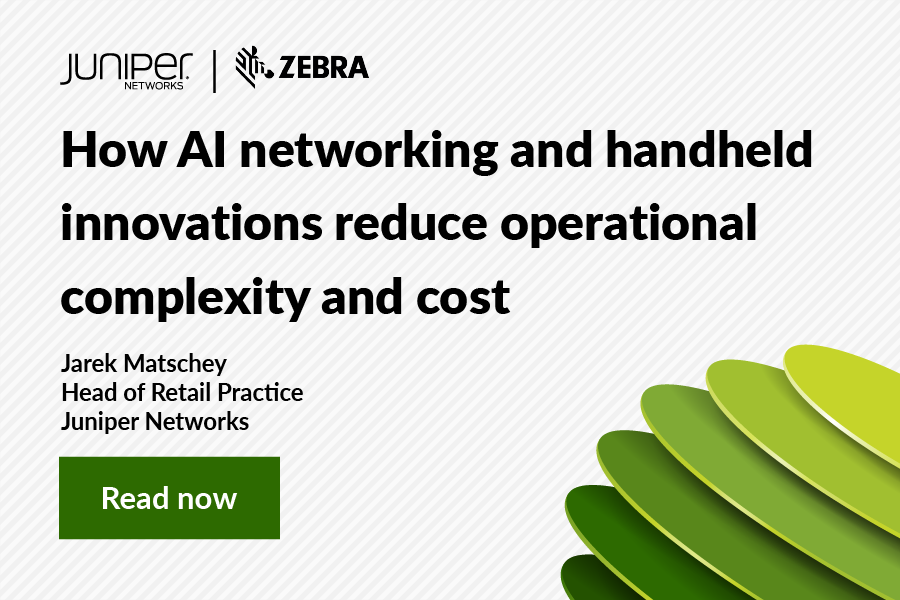COVID-19 has accelerated changes across the retail landscape. Consumers have been driven to new ways of buying which have changed customer experiences and expectations. Contactless retail and real-time context-driven shopping will become the norm and help deliver a highly individualized experience post-COVID.
During the pandemic, stores that were once only bricks-and-mortar were forced to move online and offer online shopping, click-and-collect, and appointment-driven services. Unlike pre-COVID in-store shopping, online retail can offer real-time contextual journeys tailored to the consumer and provide recommendations based on what’s in their basket, all with no queue to check out at the end.
Utilizing this real-time information, online retail has taken inspiration from traditional retail as it used to be 100 years ago. When a customer entered their local store, they would receive a personal greeting, recommendations on the items the retailer knew they liked, and information regarding offers on their regular purchases. The retailer understood the consumer and now, the challenge for retailers is how they can drive the experience – beyond online shopping – into physical stores to encourage customers to return.
Returning to a Connected Store
In many places, sales have slumped by the largest annual fall since records began, with the coronavirus crisis causing a 1.9% drop. However, the demand for retail remains strong with eCommerce having its highest growth and grocery, household and department stores reporting record-breaking online sales.
“We redesigned our in-store networks to enable new levels of retail innovation. The AI-driven Mist Platform provides stores with predictable, reliable, and measurable Wi-Fi.”
—Snehal Patel, Director of Global Infrastructure Architecture, Gap Inc.
Today’s retailers need to leverage technology to embrace this new normal and meet new consumer demands. To drive people back into stores, retailers need to highlight the advantage of being able to touch and feel their products. For example, when buying a suit, it is customary to take the arm and crunch it up, then when the material is released, the customer can see if there are any creases. This shows the customer how the suit will look when worn and this obviously can’t be done online.
Building on the tactile experience a physical store can deliver, retailers can go further and enhance the experience by blending applications into the store. These could be as simple as a staff application that provides a mobile checkout, or a customer application that offers self-scan so that no-one else needs to touch the products they are purchasing.
The Omnichannel Experience
The next evolution of the shopping experience involves blending the physical and virtual elements together using omnichannel. For example, a customer can open an application and order their favorite coffee to be ready when they arrive at the store, or after finishing an in-store grocery purchase, the customer can arrange for their shopping to be delivered to their home.
“To achieve greater digitalization of the shopping experience, we needed an excellent network infrastructure. A Juniper network enables us to deliver that experience.”
– Simon Drees, Director of Omnichannel Services and Innovations, Outletcity Metzingen
This enhanced experience means businesses are now reliant on their network infrastructure and applications more than ever. Simply knowing that the network is ‘up’ is no longer good enough and the customer experience is now linked to the performance of the application. For example, if the consumer orders in-store through an app and the shopping doesn’t arrive or the wrong order is delivered, the experience becomes worse than before. The customer may even complain about their experience on social media, so application performance is now just as important as a clean store or smiling staff, meaning measuring the digital experience from client to cloud is critical.
Accomplishing Contactless Retail
New store types are at the center of digital transformation and are likely to be the top revenue generator over the next three years. Accelerated by secure omnichannel operations, seamless friction-free commerce, and a connected workforce, contactless retail enables an in-store, real-time contextual experience as safely as possible.
To implement these contactless models at speed and scale, it’s fundamental that retailers utilize a retail commerce platform (RCP). One of the core capabilities of an RCP is delivering experience-driven retail by leveraging historic and real-time data.
Bringing a contextual experience to the shopper, AI capabilities are fundamental to enabling these retail transformations, and by utilizing a cloud infrastructure retailers will see improved customer experience and business agility.

























